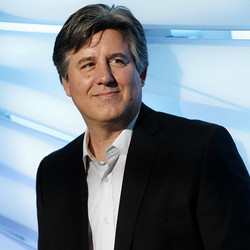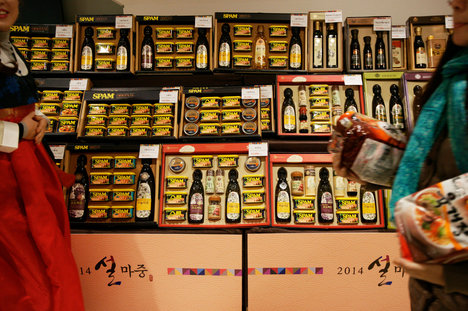(p. A11) The most recent period of rapid productivity growth in the U.S.–and rapid economic growth–was in the 1980s and ’90s and reflected the remarkable success of new businesses in information and communications technologies, including Microsoft, Apple, Amazon, Intel and Google. These new companies not only created millions of jobs but transformed modern society, changing how much of the world produces, distributes and markets goods and services.
Rising living standards in the future will depend on the continued success of these businesses but also on the next generation of success stories. Getting the U.S. economy back on track will require a much higher annual rate of new business startups. Sadly, the annual rate of new business creation is about 28% lower today than it was in the 1980s, according to our analysis of the U.S. Census Bureau’s Business Dynamics Statistics annual data series.
Why is the startup rate so low? The answer lies in Washington and the policies implemented in the wake of the 2008 financial crisis that were, ironically, intended to grow and stabilize the economy. . . .
This explosion in federal regulation, intervention and subsidies has retarded productivity growth by protecting incumbents at the expense of more efficient producers, including startups. The number of pages in the Federal Code of Regulations peaked at nearly 175,000 in 2012, an increase of more than 7% in President Obama’s first three years.
For the full commentary, see:
EDWARD C. PRESCOTT and LEE E. OHANIAN. “U.S. Productivity Growth Has Taken a Dive; It has averaged about 1.1% since 2011, less than half the historical rate since 1948. Here’s how to increase it.” The Wall Street Journal (Tues., Feb. 4, 2014): A11.
(Note: ellipsis added.)
(Note: the online version of the commentary has the date Feb. 3, 2014.)







